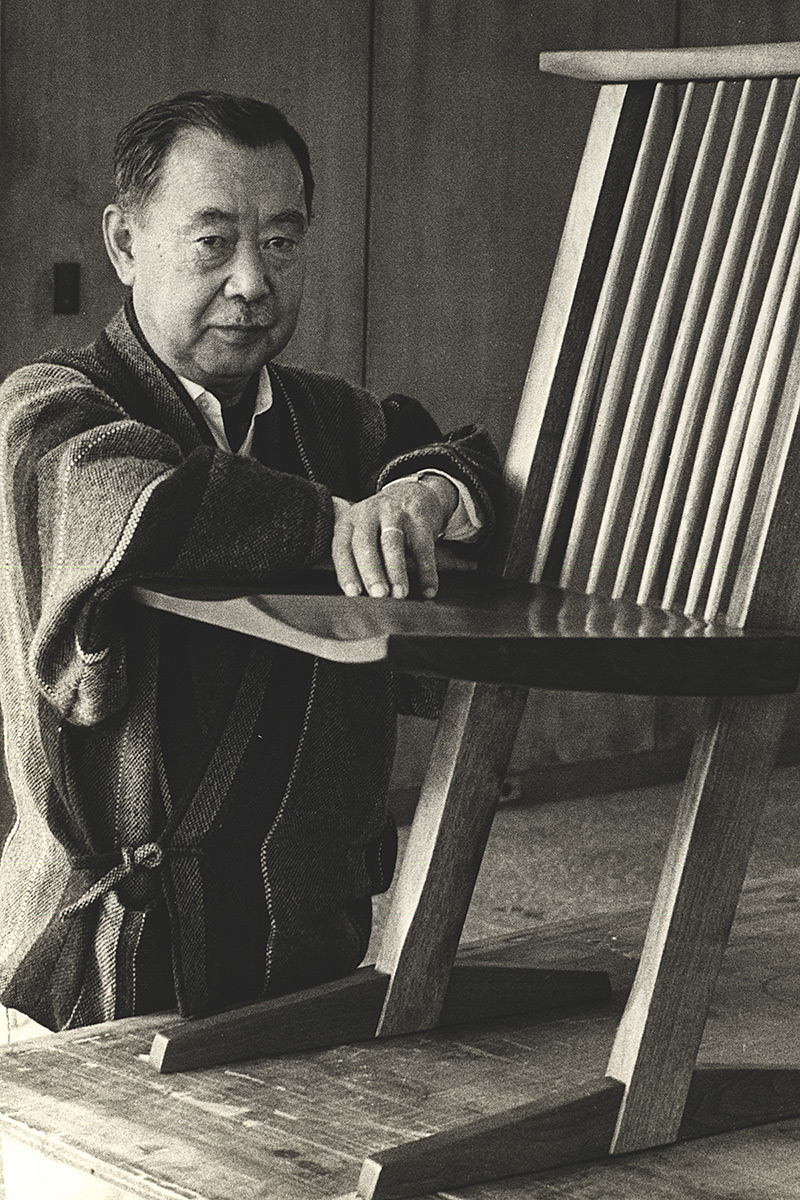
History of Organic design
The use of raw wood boards and beams in the construction and organization of the habitat dates back to the mists of time. Let us briefly recall the extraordinary trusses, made with just roughed beams, which in the Middle Age skilled workers built to support large roofs and have come down to us today constituite the dream of every esthete.
The great turning point however took place in the first half of the 20 th century.
Simultaneously with a series of ferments that breathed from east to west to promote a language oriented to the recovery of harmony between man and nature, then translated into the adoption of natural materials and soft shapes, a young architect, of Japanese origin born in America in 1905, he created a corpus of works that completely renewed the history of contemporary furniture.
George Nakascima, considered the greatest design innovator of the century, animated by great passion, he thoroughly explored the organic expressiveness of knots, cavities, veins and deformities of the wood.
And after having thoroughly investigated Japanese carpentry tools and techniques, based on: discipline, patience and the pursuit of perfection in every phase of construction, he created a stylistic code that has made him known allover the world, by designing, for prestigious clients and historic companies, timeless furniture (many of which, by now ionic works, are still in production).
Emblem of his creations are large tables made with smooth tops with unfinished natural edges, assembled with multiple wooden slabs connected with butterfly joints. But also unique furniture, rigorously handmade and not reproducible because of the extraordinary characteristics of the materials chosen after long meditations.


